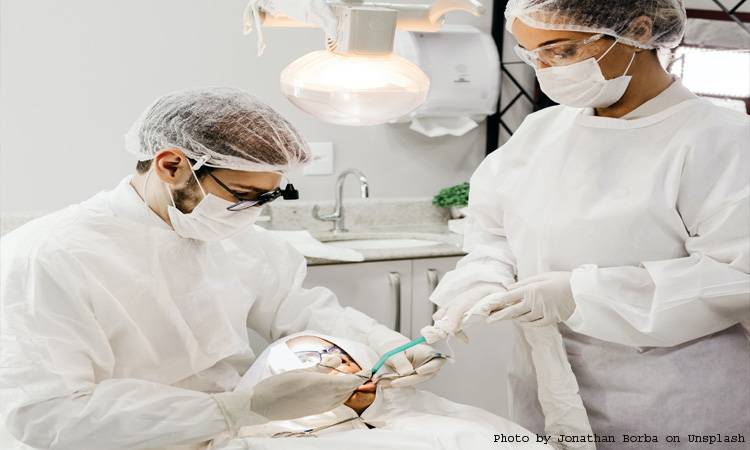
People's anxiety and concerns about pain with dental procedures and getting anaesthesia can make the problem worse as it often delays the treatment.
Pain and anaesthesia
According to World Health Organization (WHO), pain is defined as an 'unpleasant sensation that occurs from upcoming tissue damage.' Therefore, to prevent the feeling of pain, anaesthesia is administered.
Dental anaesthesia aids in the management of pain during any dental treatment. It puts an end to pain awareness in areas where it is injected and can be delivered while the patient is responsive or unresponsive. There are certain things one should know about dental anaesthesia.
Contents present in dental anaesthesia
Apart from the anaesthetic agent such as lignocaine, 2% HCl, it contains adrenaline or epinephrine, which acts as a vasoconstrictor, which helps in constricting blood vessels and helps in increasing sedation time. Moreover, it contains sodium chloride, which helps in the absorption of the drug into the bloodstream and sodium Hydroxide, which gives a desensitizing effect.
Types of dental anaesthesia
There are three main types of dental anaesthesia that have their specific uses, either alone or with other medications.
Local anaesthesia: Desensitize or numb a specific area in your mouth where the anaesthetic is injected by blocking nerves that transmit pain.
Sedation: Colorless and odourless Nitrous Oxide (laughing gas) is used to sedate if the patient is very anxious. It is usually used on pediatric patients to release their pre-treatment fear and anxiety. Sedation is also used in the extraction of impacted wisdom teeth and implant placement. The effects wear off abruptly by wearing an oxygen mask.
General Anaesthesia: Doctors use this type of anaesthesia in case of extensive surgeries, implant placement or multiple wisdom extractions. The reason behind general anaesthesia is that the patient doesn't gain consciousness during the procedure.
How long the anaesthesia last?
The dentist administers the amount of anaesthesia according to the dental procedure. It usually lasts 2-5 hours and gradually loses strength with sensations rebounding. It is better to avoid chewing from the anaesthetic site to steer clear of harming yourself.
The aftereffects
You can momentarily lose the ability to blink for a brief period. Hematoma can occur if the anaesthesia hits the blood vessels. Sometimes the heartbeat of the patient would escalate due to the presence of a vasoconstrictor. Moreover, if the needle hits a nerve, nerve injury would occur and can last for a month or more until the nerve heals. Rarely, desensitization is left afar from the affected part of the mouth. Drooping of eyelids and cheek muscle have also been reported until the effect of anaesthesia subsides.
Conclusion
Dentists administer dental anaesthesia to millions of patients very safely. A dentist will guide you on which anaesthesia and in how much quantity will be better for you. Always inform your dentist if you feel any side effects. It is important to communicate with your dentist about your treatment risks and benefits so you can stay comfortable and healthy.

Dr Arfa Godil
The author is a contributing writer at Dental News Pakistan and can be reached at arfagodil@gmail.com

